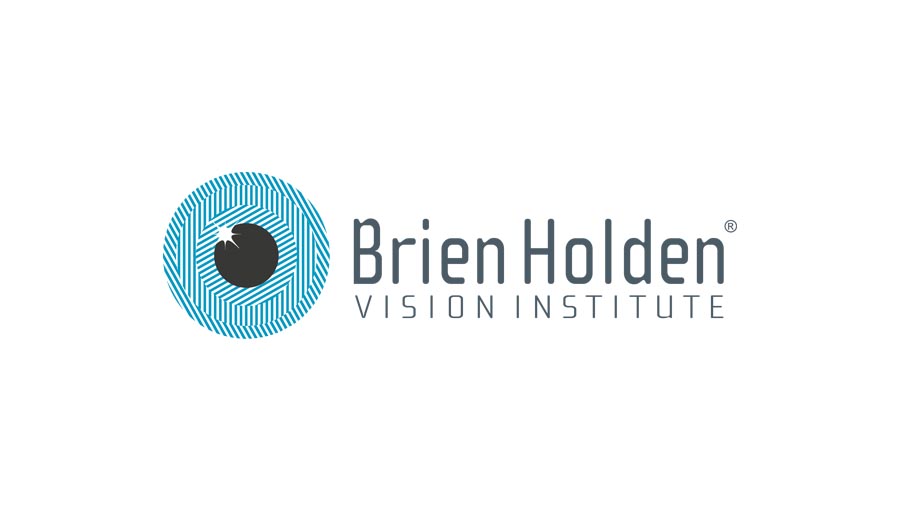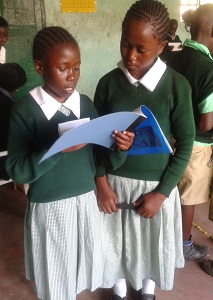Join the Leading Global Eye Health Alliance.
Membership-
Choose an alternate language here

December 2016 marked the end of the East African Child Eye Health (ChEH) project, a four-year project funded by Standard Chartered Bank’s Seeing Is Believing (SiB) Programme. It was implemented by the Ministry of Health (MoH) and Ministry of Education (MoE) in collaboration with development partners of the Brien Holden Vision Institute consortium: Operation Eyesight, The Fred Hollows Foundation, Perkins International, Masinde Muliro University and the Brien Holden Vision Institute.
Implemented in select regions of Kenya, Uganda and Tanzania, the main goal of the project was to reduce avoidable blindness and visual impairment in children aged 0 to 15 years. The project achieved its objective of creating sustainable eye care and children continue to benefit from the project today. Sustainable practices for the project included training and development for eye care, health financing, management and information system improvements, and government engagement.
Training and development
One of the key initiatives of this project was to integrate eye health care into school programs and maternal and child health clinics. Nurses, teachers and community health volunteers were equipped with basic eye examination kits and trained to conduct eye exams and make referrals to an appropriate eye health facility. Eye screenings were conducted in schools, communities and clinics.

One of the highlights of the project was the introduction of vision champions – children trained to conduct eye exams on their peers, refer those with eye issues to their teachers and educate others about eye health. This successful initiative not only increased eye health awareness in schools, but also empowered children to take care of their eye health needs. Evaluations at the end of the project indicated that children used their skills to screen their peers, family members and relatives.
Health financing
SiB funding helped establish the Kenya Society for the Blind (KSB) optical shop. A registered statutory body, the KSB offers eye care and rehabilitation services, provides education for those who are blind and works to create eye health awareness. The KSB started with a seed supply of optical equipment with the goal of establishing a supply centre to provide quality, affordable eyeglasses and low vision devices to all health facilities.
To ensure sustainability of the KSB, a revolving fund was developed so that eyeglasses sales will provide funding for future eyeglasses and supplies. In addition, each of the nine eye units included in the project were equipped with basic ophthalmic equipment, allowing them to provide quality eye health services to children. Today, services continue within the health facilities and during community outreach programs.
Health management and information system improvements
A key component of sustainability is working within existing structures and systems to create efficiency and mitigate the burden of staff having to learn new processes. A review of how data is captured by the Ophthalmic Services Unit (OSU) of the MoH led to the inclusion of child eye health indicators. A uniform referral tool was also developed by OSU for health facility use.
Government engagement
The collaborative nature of the project was instrumental in its success. By strategically engaging with the MoH and MoE, the project generated an appreciable level of acceptance by all health and education officials, which led to greater collaboration at the national and county levels.
At the start of the project, a country coordination committee was established to bring together the MoH, MoE and implementing INGOs. The committee’s role was to oversee the implementation of the project and conduct progress reviews at the national level. This committee successfully lobbied for the inclusion of child eye health issues in the National Prevention of Blindness Working Group’s agenda, which means child eye health will remain a priority.
Primary eye care services were integrated at the primary level, strengthening existing structures and systems of the MoH and MoE and working within health and education policies pertaining to visual disabilities. For example, county coordinators of the Education Assessment Resource Centre (EARC), who are MoE employees, supervised the implementation of ChEH activities in schools. Children identified with eye problems were referred to and treated at the government health facilities, which were equipped through funding from SiB. These combined activities increased the government’s willingness to support and facilitate the execution of the project, allowing the project to thrive.
During the implementation stage, coordination and supervision was done collaboratively by the project’s Trainers of Trainers, or ToTs. Mandated by the county MoH offices, ToTs are ophthalmic workers and EARC coordinators who are trained to train others such as nurses, teachers and community health volunteers. This approach of training and coordinating ToTs serves as a strong foundation for future programmes.
Overall, this careful collaboration between Seeing is Believing, local government departments and like-minded INGOs led to the development of sustainable ChEH services in East Africa. Our sustainable practices will be used in future programmes as a critical step in our ongoing mission to eliminate avoidable blindness.
Article submitted by:

Project Coordinator Kenya
East Africa CEH project
[email protected]
Image: Simon Way/Sightsavers